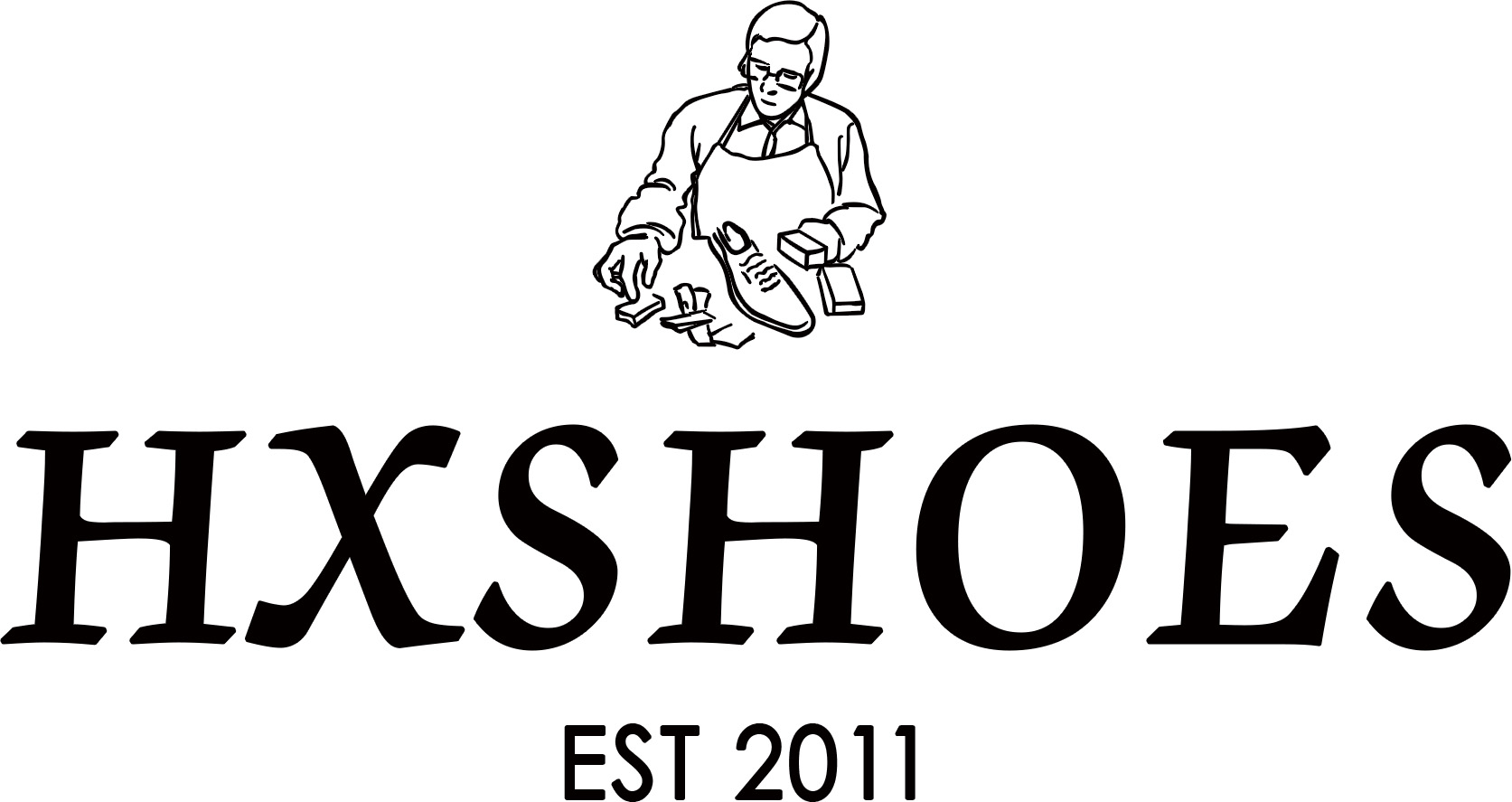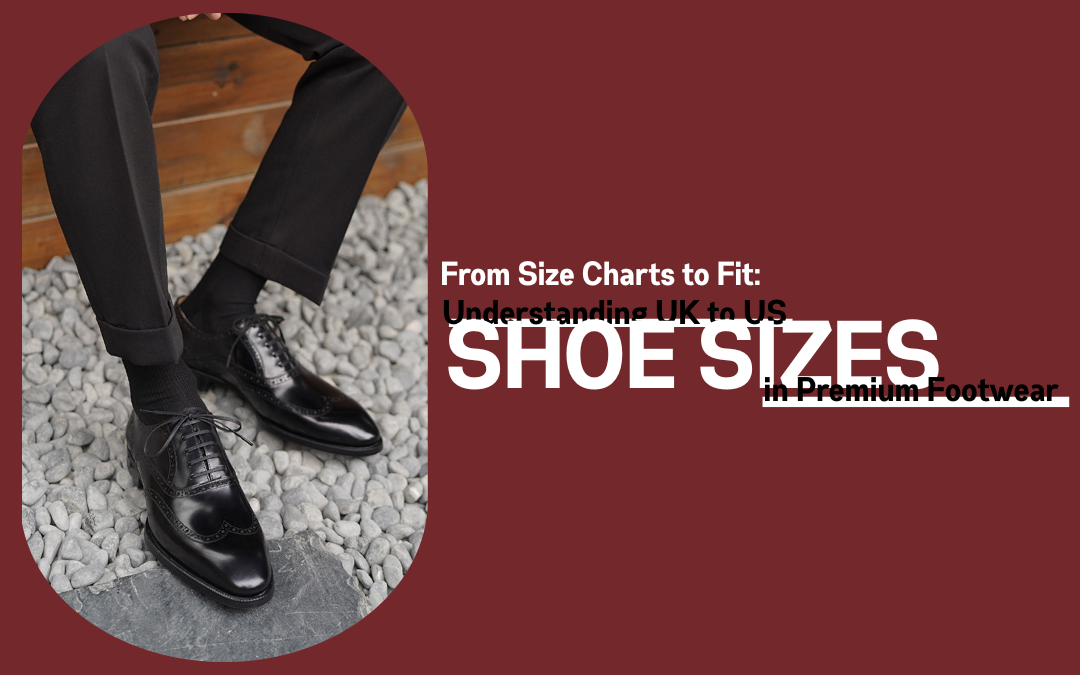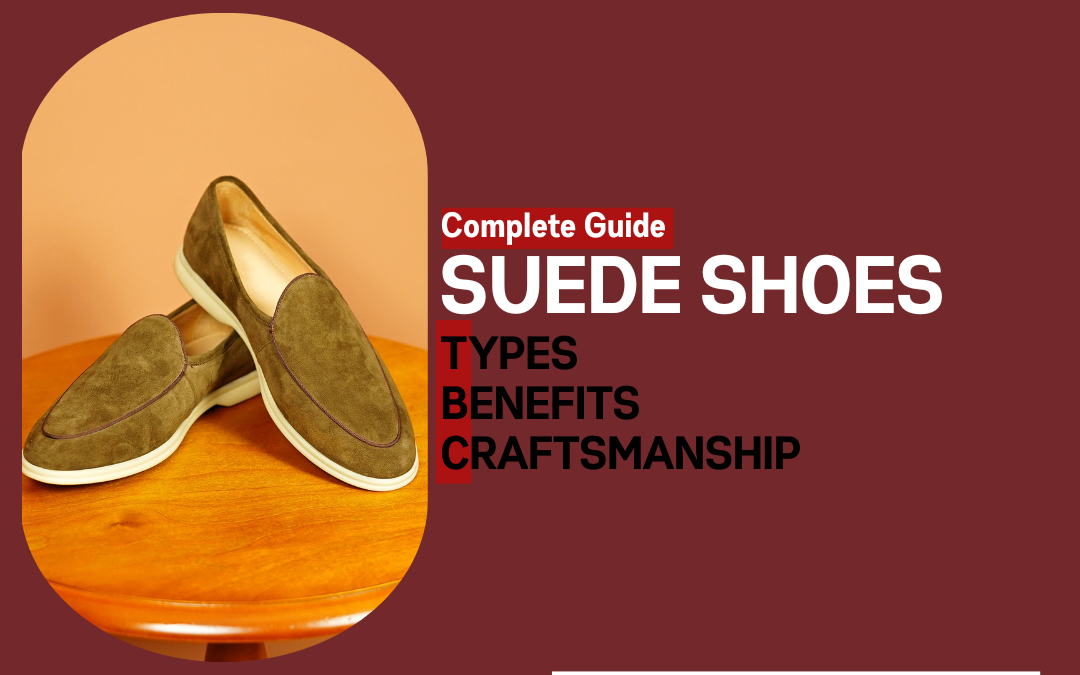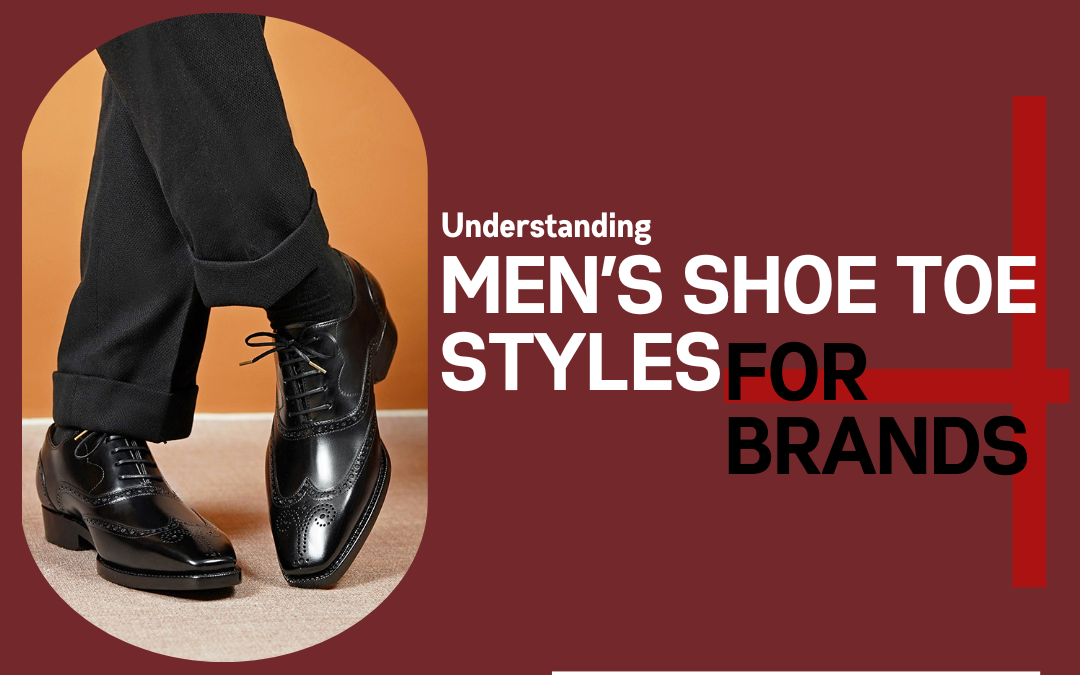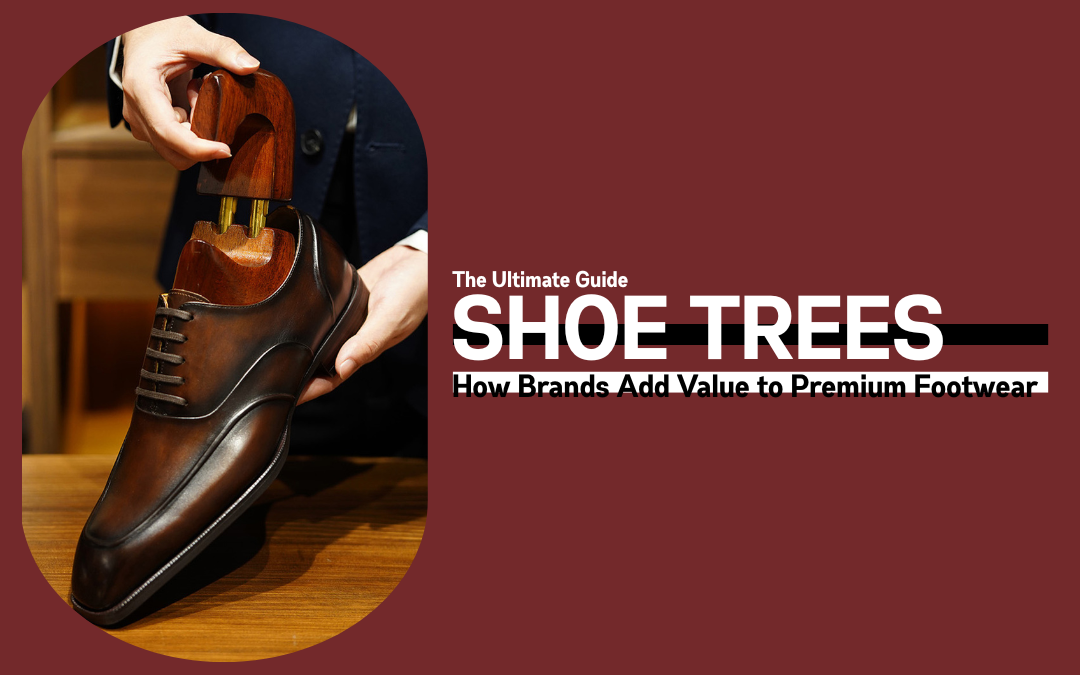You may have noticed that a UK 9 doesn’t always feel like a US 10, even when both are stamped on the box. Running late, the idea still stuck — sizing is one of those small details that trips up buyers, brands, and B2B teams alike. In this piece I’ll walk you through why shoe sizing matters, how UK and US systems compare, and what premium manufacturers (think Goodyear welt + hand-patina) do to keep sizing consistent for global clients — with real, practical advice you can use.
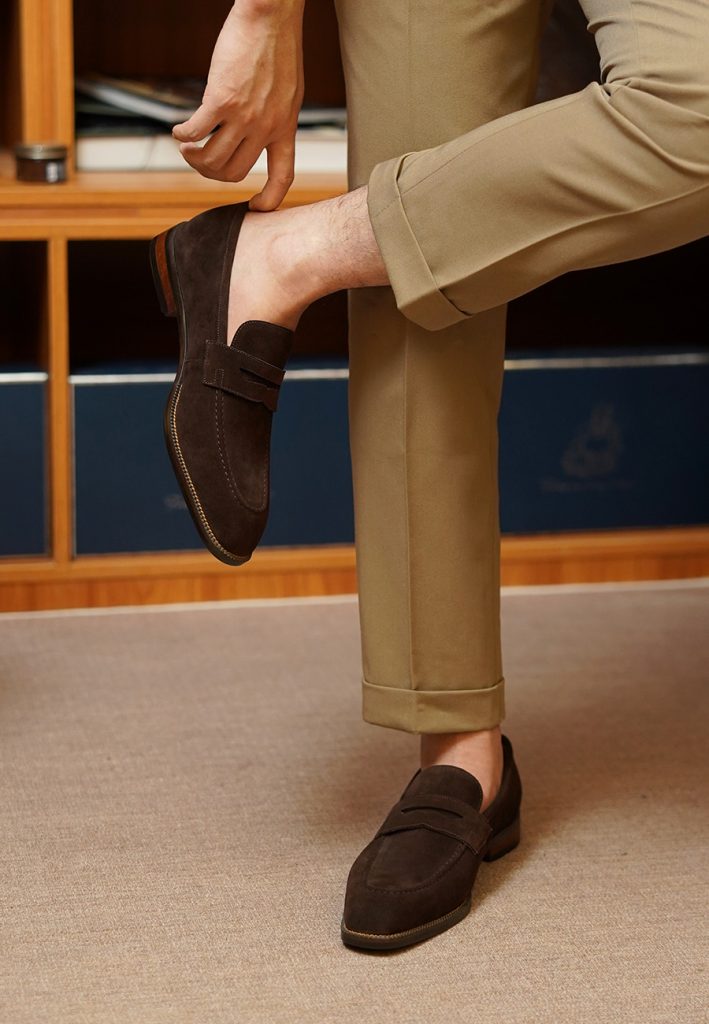
Why Shoe Sizing Matters in Global Footwear
Shoe sizing is more than a number on a label. For global footwear brands, private label partners, and wholesale buyers, a mismatch in expectation vs. fit becomes returns, unhappy customers, and higher operational costs. You ship hundreds of pairs to a boutique in New York, but the “UK to US” conversions were off and half the order is returned? Nightmare. Crazy, right?
For B2B—especially private label or custom work—accurate size conversion and precise grading are as important as leather quality. Manufacturers who get this right save you time and margin. Hengxin, for example, positions itself to serve global clients with tight control over Goodyear-welted lasts and patina finishing so aesthetic uniqueness doesn’t come at the cost of inconsistent sizes.
UK vs US Shoe Sizes: The Key Differences
Are UK and US Shoe Sizes the Same?
Short answer: not exactly. For adult men’s footwear the common rule of thumb is:
- US men’s size = UK men’s size + 1 (so a UK 9 ≈ US 10). This is the usual practical offset, though there are exceptions and brand variations.
Women’s and children’s systems add extra quirks: US women’s sizes are typically about one size higher than US men’s (so they’re roughly UK size + 2 compared to UK men’s), and children’s sizing follows different zero points and increments. Don’t assume a single conversion rule covers everyone.
Why These Differences Exist
A few reasons, quickly:
- Historical standards & zero points. The scaling systems grew out of regional measurement conventions (barleycorns and last lengths) and different “zero points” for adult vs. children’s scales. There isn’t a single global origin — so systems diverged early and stayed different.
- Lasts and construction. The last (the foot-shaped form shoes are built on) determines the shape and internal volume. UK brands, American brands, and continental makers often design different last families — and that subtly shifts how a given size feels. “It has been said that the last is the heart of a shoe.” That’s not marketing — lasts change fit in real ways.
Conversion in Practice: From Size Charts to Fit
Standard UK → US Size Conversion Table (men’s dress shoes)
| UK Size | Usual US Men’s Equivalent |
| 6 | 7 |
| 6.5 | 7.5 |
| 7 | 8 |
| 7.5 | 8.5 |
| 8 | 9 |
| 8.5 | 9.5 |
| 9 | 10 |
| 9.5 | 10.5 |
| 10 | 11 |
| 11 | 12 |
| 12 | 13 |
This is a practical chart — a good starting point for spec sheets and order forms — but remember: it’s a guide, not gospel. Conversion calculators and Brannock device rules give formulas (e.g., Brannock-based measures) you can use to translate foot length into size, which many retailers still rely on for precision.
Adjustments for Half Sizes and Wide Fits
- For half sizes: add or subtract the half-size increment (usually 1/6 inch or ~4 mm depending on system).
- For wide/narrow fittings: specify width codes (D, E, EE, etc.) or use a Mondopoint/girth spec if you want precision across markets. The Mondopoint system uses millimetres for foot length and optionally width — ISO has been pushing that as a standard way to avoid the “+1” confusion.
Beyond Numbers: How Construction Affects Fit
Numbers don’t capture everything. Here are practical ways construction shifts fit:
- Goodyear welt vs. cemented (glued) shoes: Goodyear-welted shoes often feel stiffer initially and may require a short break-in; they also hold their shape longer and can feel roomier over time if the upper softens. Cemented shoes can feel softer out of the box and sometimes offer a different internal volume. For B2B buyers, that means a size that works in a cemented trainer might not map identically to a Goodyear dress shoe.
- Last shape (Oxford vs Derby vs Loafer): An Oxford’s closed lacing can produce a snugger vamp than a Derby’s open lacing; loafers (unlaced) depend heavily on last shape and lining and often run slightly roomier or require different insole specs. The same size across styles can give a different experience.
A shoemaker’s note: if a customer is between sizes, with Goodyear-welted dress shoes we commonly recommend going up rather than down — a tight welted shoe rarely improves with wear.
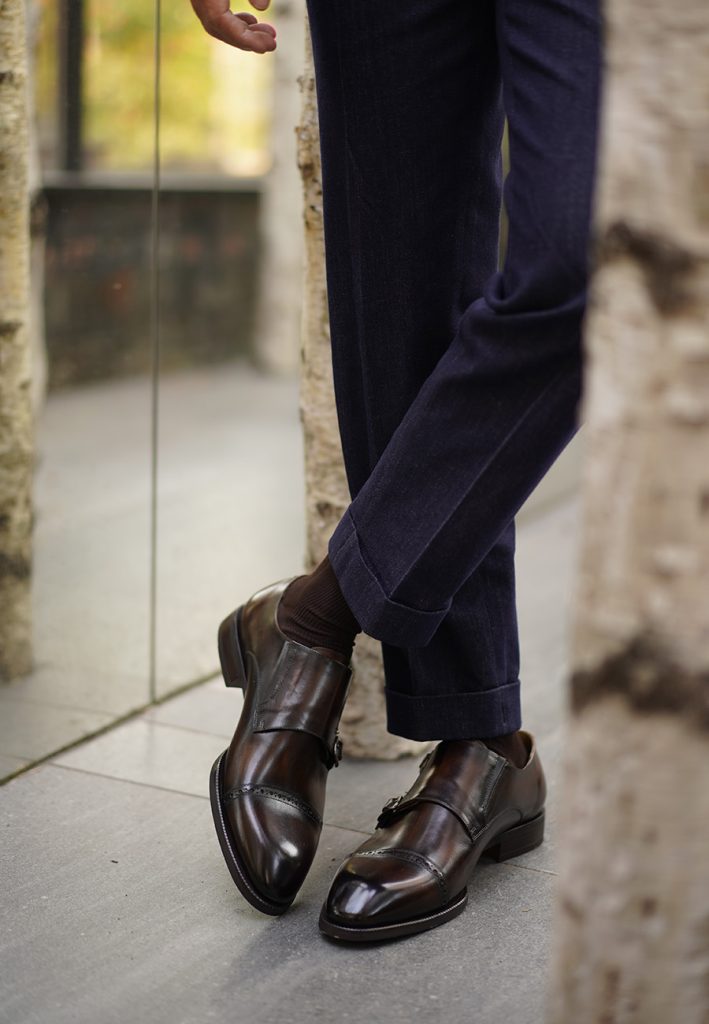
Advice for B2B Buyers
- Provide detailed size charts with wholesale orders. Include last ID, expected internal length (mm), width code, and a recommended consumer conversion (UK→US→EU→Mondopoint). Attach a small Brannock-based instruction PDF for local retailers.
- Offer trial pairs or pre-production samples. Ship 1–2 sizes per SKU for new lasts. Saves returns. Saves headaches.
- Document the last & grading rules. Keep a spreadsheet mapping each last to its grading increments and the production pattern used — that way when retailers ask “why does this loafer fit differently than the cap-toe?” you can point to the last ID.
- Use Mondopoint where possible. When dealing with multiple regions, metric foot length+girth minimizes confusion; ISO 9407/Mondopoint is an objective fallback.
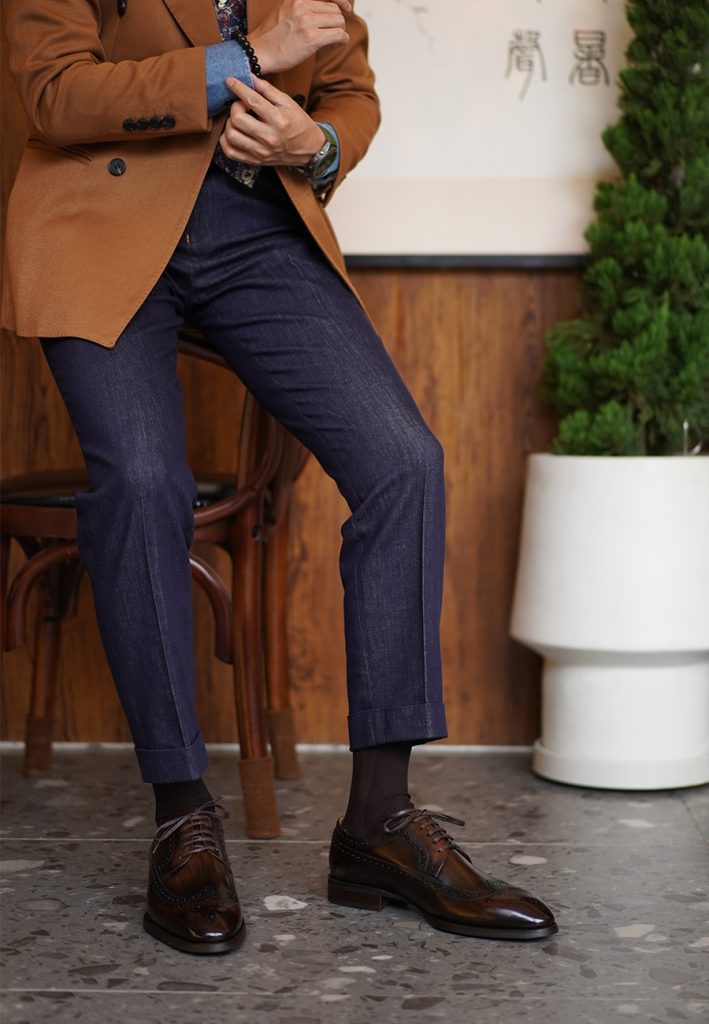
Manufacturing Excellence and the Importance of Precision
How Hengxin Ensures Accuracy in Size Production
If you’re partnering with a premium manufacturer, here are the production controls to expect:
- International grading systems & precise lasts. Grades are produced from master lasts using measured increments; some factories offer exact internal measurements (last length in mm) and keep master records for each client. Hengxin reports using precise last control and offers last specs in production packs.
- Quality control at every stage. From sample sign-offs to inline checks (pre-sole attach, post-sole attach, final fit check) — well-run factories measure and record. Look for factories that keep test samples and measurement logs. Hengxin’s production pages talk about stepwise QC and sample galleries that demonstrate consistent grading across runs.
Adding Value for Premium B2B Clients
- Goodyear welt construction → long-lasting fit integrity. The welt allows resoling and retains upper shape; that helps a premium pair keep its fit profile over years. It also influences the consumer’s sizing choice at purchase (people tolerate a slightly firmer initial fit for longevity).
- Patina hand-coloring → unique looks, stable sizing. Hand-patinaing makes each pair unique on the surface; good factories ensure that aesthetic step doesn’t alter internal volume or fit. Hengxin specifically highlights patina processes alongside Goodyear construction, demonstrating that artistry and sizing control can coexist.
Real-World Example (Short Case)
You’re a buyer ordering 1,000 Goodyear-welted cap-toes for a North American launch. Rather than sending a vague “UK→US conversion +1” instruction, you:
- Ask for last ID and internal length (mm) for each SKU.
- Request two sample sizes per SKU (one at target size, one+half).
- Add a note: “This style—closed vamp—recommend consumer guidance: order true to size or up half if between sizes.” Result: far fewer returns, better reviews, and less deadstock.
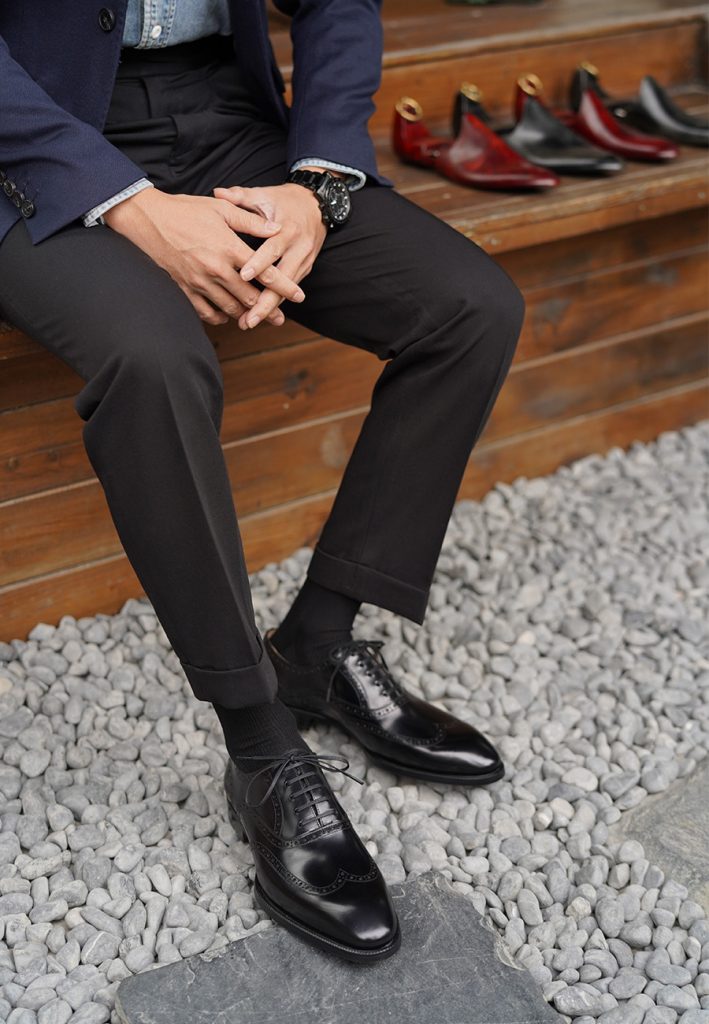
Conclusion: Getting Shoe Sizes Right in a Global Market
UK vs US shoe size differences are small on paper but big in practice. For B2B clients, getting grading right is as important as selecting leathers or picking a sole. Use objective measures (Brannock/Mondopoint), demand last and internal measurements from your factory, and test with samples. When craftsmanship matters — Goodyear welts, hand-patina finishes — you want a manufacturing partner who treats fit like a feature, not an afterthought. Hengxin’s material on Goodyear construction and patina shows how a producer can marry artisanal finishing with size control — a useful model for premium private label work.
Want a quick reference? Here’s a short checklist you can paste into an order form:
- Last ID & internal length (mm) — required.
- Width code (D, E, EE…) — required.
- US/UK conversion guidance for retail SKU labels.
- Two sample pairs per new last.
- Note on construction (Goodyear/cemented) and recommended consumer guidance.
FAQ
What is the difference between UK and US shoe sizes for men? Generally, US men’s sizes are one size higher than their UK equivalent (US = UK + 1), but brand and last variations can change that. Use a conversion table and cross-check against last internal measurements.
Why do UK and US shoe sizes have different systems? They evolved from different historical measurement zero points (barleycorns, differing last conventions) and stayed regionally standard. International standards like Mondopoint (ISO 9407/9407:2019) are attempts to unify measurement by using mm.
How do Goodyear welt shoes fit compared to standard factory (cemented) shoes? Welted shoes often feel firmer initially, can require break-in, but keep their shape and volume better over time and can be resoled. Cemented shoes can feel softer out of the box but may not have the same longevity or reparability. If in doubt, try samples in both constructions.
Does shoe construction (Oxford, Derby, Loafer) affect sizing accuracy? Yes. Closed lacing Oxfords usually fit a bit snugger in the vamp than open-laced Derbies; loafers rely on last shape and lining, so they often require slightly different size guidance. Lasts matter. “The last is the heart of a shoe.”
How can manufacturers ensure consistent sizing across markets? Use objective metrics (internal last length in mm, Mondopoint), keep master last records, run pre-production samples, and provide clear conversion tables and consumer guidance. Factories that publicize their QC steps and last specs (for example, Hengxin’s production pages) are worth a close look.
